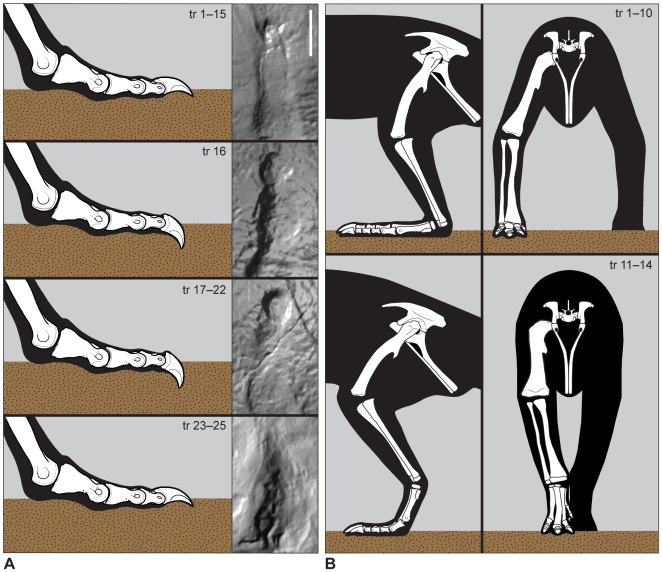Figure 4. Dynamic locomotor adjustments to paleosurface heterogeneity. A, “flexed-ungual” locomotion in the Grallator trackway, which is attributed to a theropod.
Images at right show the impression of terminal end of the third pedal digit in tracks (tr) 5, 16, 17, and 24. Differences in the shape of terminal impression reflect deeper penetration of the ungual into the substrate, as shown in corresponding schematic interpretations of digit III at right. In the first and last panel, the tip of the ungual makes a narrow, pointed impression. In the middle two panels, the ungual has penetrated deeper into the substrate so that its base makes a rounded impression at the surface. Silhouette morphology and proportions based on Allosaurus. B, postural changes in Anomoepus. Panels show our interpretation of limb posture during plantigrade, wide-gauge locomotion (top), and digitigrade, narrow-gauge locomotion (bottom) in lateral (left) and anterior (right) views. Silhouettes are based on limb proportions and skeletal morphology common to basal ornithischians [28]–[34].

